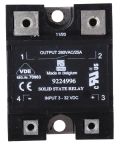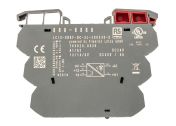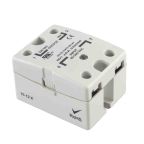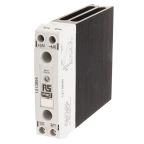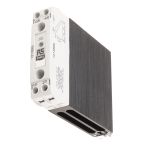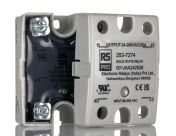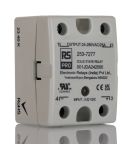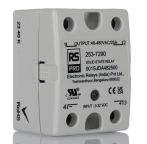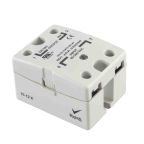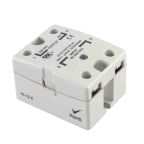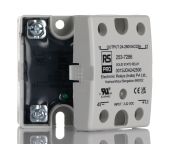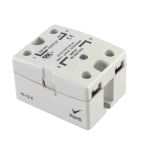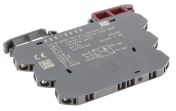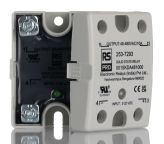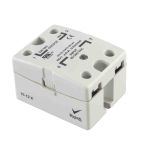Solid State Relays
Solid state relays, or SSRs are electrical switching devices that serve the same purpose as electromechanical relays, but without the moving parts hence the name 'solid state'. By having no moving parts, the SSR tends to have a longer operational lifetime as they are not subjected to wear and tear.
Solid state relays can switch faster than their electromechanical counterparts, as they use the electrical and optical properties of semiconductors to perform the switching functions. RS offer an extensive range of solid state relays from trusted brands, including Celduc, Sensata/ Crydom, Omron, Phoenix Contact, and many others.
Where are solid state relays used?
SSR’s are used across a wide range of industrial settings such as industrial control, robotics, data acquisition, medical equipment, data acquisition, and are used to control power delivery for lighting, heating, motion-based equipment as well as numerous other applications due to the highly diverse nature of the SSR.
What are the advantages of an SSR?
The main advantages of SSR relays over conventional electro-mechanical relays is that they have no moving parts to wear out, and therefore no contact bounce issues. SSRs can switch both ON and OFF much faster than a mechanical relays armature can move, as well as zero voltage turn-on and zero current turn-off, eliminating both electrical noise and transients. For more information, please see our comprehensive guide to solid state relays.
